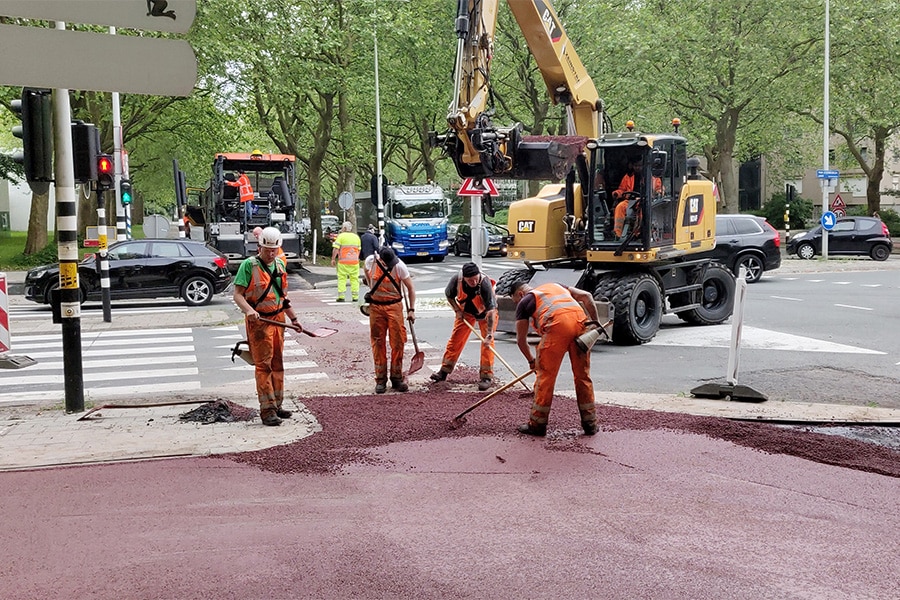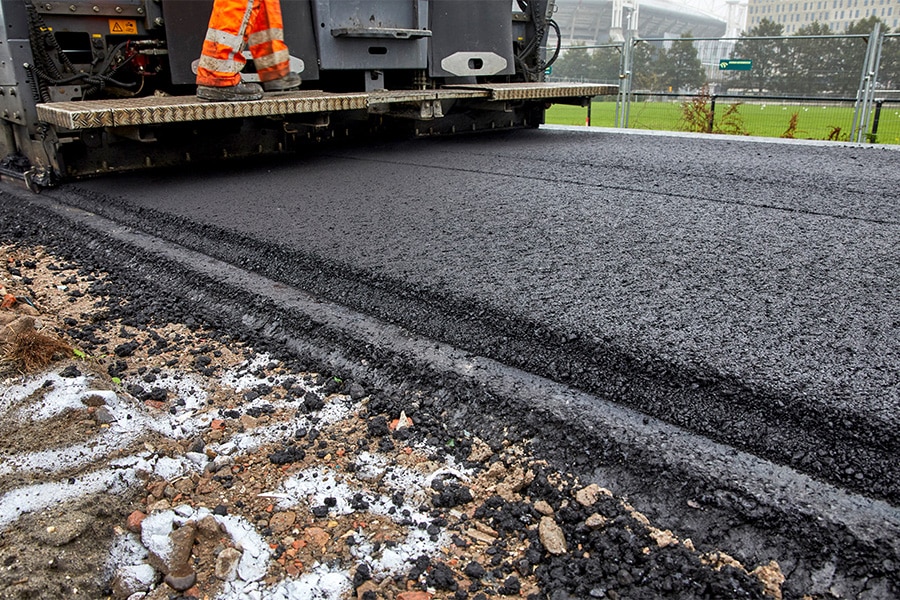
Leading the way
Here I would like to talk about making the GWW sector more sustainable. In order to reduce CO2 emissions, for a long time the government put the emphasis on traffic and industry, so mobile tools escaped attention. Because of the nitrogen and particulate matter issues - particularly from diesel engines in inner cities - the focus is now firmly on our industry and there is clearly a turnaround. While other sectors are in a bit of a pickle, the construction industry is taking up the gauntlet and I see all kinds of initiatives emerging to address the sustainability issue. This demonstrates once again that our sector knows how to get down to business and has enormous creativity.
At the same time, you see that this transition cannot be achieved overnight. The government would prefer to have everything electric yesterday, but in practice it doesn't work like that. To arrive at zero emissions - that is the clear final goal - some intermediate steps must first be taken. It is too quickly overlooked that in the short term fuel and thus particulate matter can also be saved thanks to ever more economical and cleaner engines. The switch from dirty to clean diesel and the New Running campaign can contribute substantially to emission reduction. Is it the solution? Certainly not, but it helps enormously to already drastically reduce emissions.
WELCOME INNOVATION
It is great to see that we are at the forefront of the quest for a zero- or low-emission construction site. Yet it is still mostly pioneering, with existing machines being converted. That gives me a somewhat ambivalent feeling, because it shows the creativity and solution orientation of our sector. I applaud that innovation wholeheartedly. On the other hand, there are safety concerns. Does everything happen in the right way so that it does not create a dangerous situation under severe conditions? In that respect, it is good that sector organizations, but also suppliers and users seek each other out in all kinds of collaborations to find out what is or is not possible and how risks can best be overcome.
Of course, we cannot have to say: this machine is sustainable, but not safe. That is why it is important precisely as a sector to show what we are doing and what is possible in the long term. The transition to zero emissions cannot be achieved all at once, but is a journey of small steps to reduce emissions. This can be the machine, but also the way of working or a combination of these. I think the government knows how to translate the ambitions well as a client on the requirements side, through procurement, but needs to engage more in dialogue with business in terms of realism and possibilities. What alternatives are there until the zero-emission solution is available?
The future is hard to predict; will it be electric or hydrogen? I don't know and even the pundits don't agree. It is important to gather as much information as possible through initiatives and pilots. However, give each other space and try to learn from each other by sharing knowledge. It is wrong for everyone to try to invent the wheel themselves just to have an electric alternative available, because it is in the tender. It is all well and good when this is requested, but if these machines are not available in large numbers and are not checked for that reason, then you are doing the environment a disservice.



